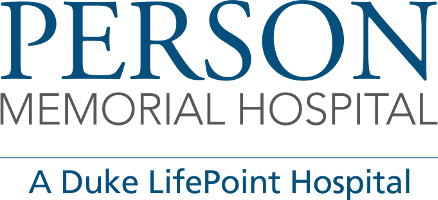Breast Biopsies
Breast biopsies are performed to obtain a tissue sample from a suspicious area in the breast, so that the cells in the tissue can be evaluated under a microscope. Most often this will be a core needle biopsy (CNB) or a fine needle aspiration (FNA). But in some situations, such as if the results of a needle biopsy aren’t clear, you might need a surgical biopsy. A pathologist then determines what type, if any, disease is present.
Services offered:
-
-
- Stereotactic (X-ray) Breast Biopsy - Increased use of screening mammography and improvement in mammography techniques have resulted in early detection of very small lesions in breast tissue. If a breast abnormality is identified by mammography, breast ultrasound, or clinical examination, a biopsy will determine if the abnormality is cancerous.
We offer a less invasive breast biopsy system. Stereotactic breast biopsy uses the guiding capabilities of a computer as well as a specialized biopsy needle to obtain tissue samples. The procedure is performed on an outpatient basis, requiring only local anesthesia. No stitches are required, and the results are usually available in 1-2 days. This procedure offers a simple, quick, less painful, and less expensive alternative to surgical biopsy.
- Stereotactic (X-ray) Breast Biopsy - Increased use of screening mammography and improvement in mammography techniques have resulted in early detection of very small lesions in breast tissue. If a breast abnormality is identified by mammography, breast ultrasound, or clinical examination, a biopsy will determine if the abnormality is cancerous.
-
- Ultrasound-Guided Breast Biopsy - For this procedure, a doctor uses breast ultrasound to view the area that needs to be biopsied. Typically, this is done while you are lying down or slightly on your side, with your arm above your head.
An ultrasound is done first to view the area. Then the skin is cleaned and numbing medicine (local anesthesia) is injected. Ultrasound is then used to guide the needle into the correct area. You might feel pressure as the needle goes in. Several biopsy samples are usually taken.
A biopsy marker (clip) is placed in the area of the biopsy. Most often, a mammogram is done after the biopsy to confirm the clip is in the right place.
- Ultrasound-Guided Breast Biopsy - For this procedure, a doctor uses breast ultrasound to view the area that needs to be biopsied. Typically, this is done while you are lying down or slightly on your side, with your arm above your head.
-
- Surgical Breast Biopsies - Surgical biopsies are only needed if an area of concern can't be needle-biopsied or more tissue is needed to make an accurate diagnosis. Most often a surgical biopsy is done in the hospital’s outpatient department. You are typically given local anesthesia along with intravenous (IV) sedation to make you drowsy. The skin of the breast is cut, and the doctor removes the suspicious area. You will likely need stitches after a surgical biopsy.
-
Talk with your provider about your family history, areas of concern, and breast cancer risk. The sooner any form of breast cancer is detected, the greater the likelihood that treatment will be successful.
Schedule your screening mammogram today by calling 336.322.3887.
Find a Provider
Some breast screenings may require a provider order. Talk to your provider or find one today.
